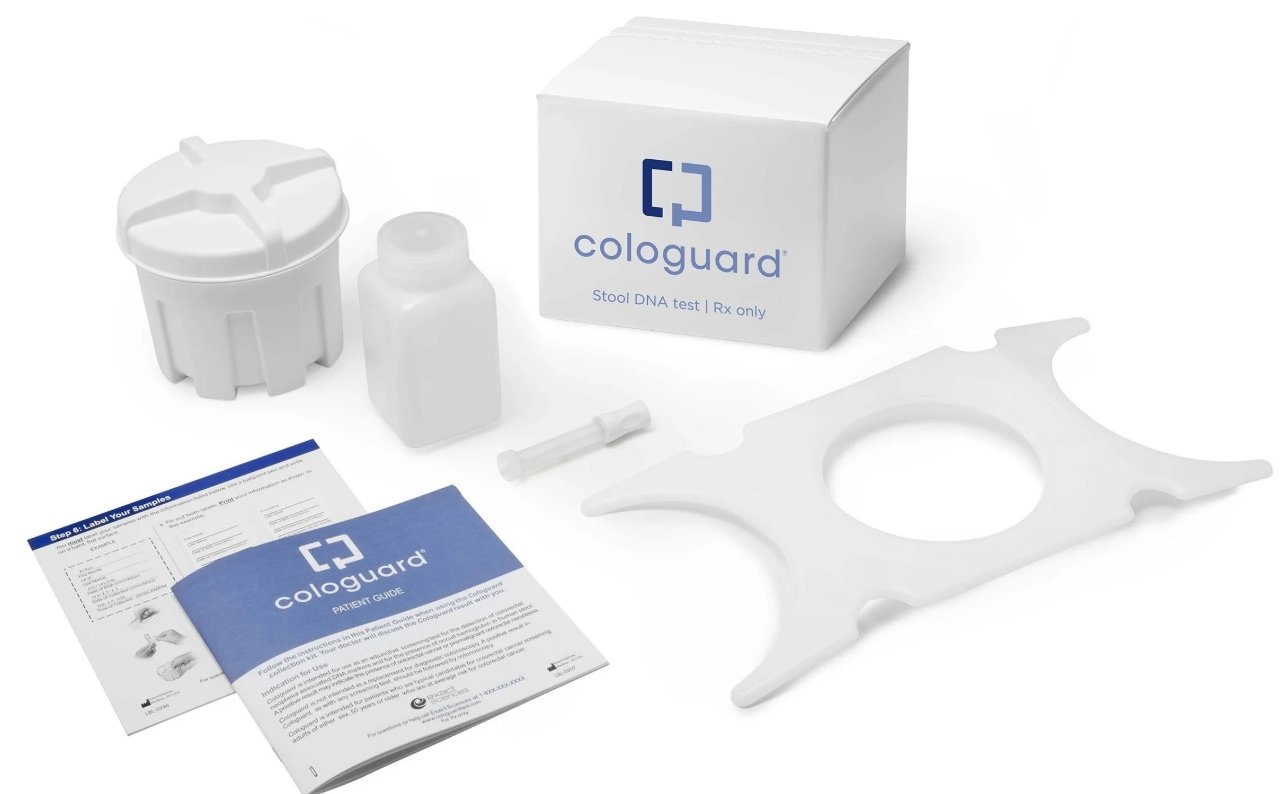
Seegene conducted an email interview with Dr. Mohd Azizuddin bin Mohd Yussof to gain insights on the topic of cervical cancer prevention in Malaysia
Dr. Mohd Azizuddin bin Mohd Yussof, CT (IAC), Bsc. (Biomedical), MHealthSc. (Biomedical), PhD (Pathology) is the Director of Human Reproductive Division and also Cyto Scientist at the National Population and Family Development Board (LPPKN), Malaysia. Dr. Azizuddin Yussof is the pioneer in Malaysia to implement the National HPV DNA Screening via self-sampling collection method to improve access for cervical cancer screening in the country. Dr. Azizuddin Yussof was also involved in overseeing the HPV vaccination implementation in Malaysia.
How common is cervical cancer in Malaysia?
According to Malaysia National Cancer Registry Report, cervical cancer is the ninth most common cancer among Malaysians and the third most common cancer among Malaysian women.[1] A total of 3,981 cases of cervical cancer were diagnosed over the period of 2012 to 2016.
Additionally, ICO/IARC HPV Information Center has estimated that at least 1,740 Malaysian women are diagnosed with cervical cancer and that the disease causes about 991 deaths every year.[2]
How are the levels of coverage and uptake of cervical cancer screening?
From 2019 to 2022, a total of 67,871 women were screened for cervical cancer using the HPV DNA test through the NPFDB programme. Despite efforts to raise awareness and advancement in technology, cervical cancer screening coverage and uptake remain low, particularly among young women and those at high risk of developing the disease. Unfortunately, of those diagnosed, more than 76% were at stage II or a more advanced stage, which requires intensive and invasive treatment.[3]
The high incidence of cervical cancer in Malaysia is mainly due to lack of awareness among women regarding the significance of screening and the prevention of the disease. Many women are not aware of the importance of HPV screening or the availability of screening services. The lack of knowledge can prevent women from seeking screening, even if they are eligible. Additionally, domestic factors can also pose a barrier to HPV screening. Women who are responsible for caring for young children or elderly relatives may find it difficult to schedule and attend screening appointments. Lastly, logistic factors, such as cost and accessibility, can also prevent women from seeking HPV screening.
What are the current cervical cancer screening guidelines in Malaysia? Are there any noticeable shifts in screening guidelines?
Malaysia’s Ministry of Health (MoH) has introduced the Pap smear screening in 1969 for all sexually active women aged between 20 to 65 years old.[4] Since then, various government agencies including National Population and Family Development Board (NPFDB) has provided Pap smear screening and MoH has allocated budget for free Pap smear tests to women visiting public health facilities.
In 2019, Ministry of Women, Family and Community Development through its agency NPFDB, has initiated and implemented a new method of cervical cancer screening, HPV DNA test. Recently, strong evidence indicated that DNA testing is more effective than cervical cytology for detecting precancerous cervical lesions.[5] NPFDB currently offers free HPV DNA tests to eligible women; and the eligibility criteria for the DNA tests are Malaysia citizens or permanent residents who are 30 to 65 years of age and those in B40 and M40 groups.
In low to middle-income countries, primary screening method is based on cervical cytology. According to the Health Ministry’s National Strategic Plan for Cancer Control Programme, Malaysia is implementing more effective cervical cancer screening programme through self-sampling for HPV testing as primary screening test among Malaysian women aged 30 to 65 years.[6]
Cervical cancer screening includes cervical cytology and HPV testing. How are they different?
Cervical cytology, also called as Pap smear test collects cervical cells to detect any changes that may lead to cervical cancer if left untreated. Meanwhile, HPV testing is a test used to detect the presence of high and low risk HPV genotypes that can cause cervical cancer.
HPV DNA testing proved to be more effective and have better sensitivity and specificity for detecting HPV genotypes. The DNA-based testing is also less prone to human errors, unlike tests that rely on visual inspection. Detection of HPV DNA is considered useful in population surveillance, triage of abnormalities to identify high risk patients, and also follow up treatment for prevention and better prognosis.
Why is HPV testing and genotyping important?
An HPV DNA positive result indicates that at least one of the high-risk types is present in the DNA sample. There are 14 high-risk HPV types, including HPV 16, 18, 31, 33, 35, 39, 45, 51, 52, 56, 58, 59, 66, and 68.[7] These high-risk genotypes are known to potentially cause cervical cancer, while probable high-risk HPV types are found in some cervical cancer cases. Some low-risk genotypes are also found in cervical cancer cases, but are known to typically cause warts.
HPV testing has become an important tool in primary cervical screening and clinical management, as it can identify women at risk of developing cervical cancer. Recent advances in technology have made it possible to genotype HPV, which identifies specific strains of the virus. This information can be used to determine the most appropriate treatment approach for patients, improving outcomes and reducing the burden of cervical cancer.
------------
[1] Azizah AM., Hashimah B., Nirmal K., et al. (2019). Malaysia National Cancer Registry Report (MNCR) 2012-2016. https://moh.gov.my/moh/resources/Penerbitan/Laporan/Umum/2012-2016%20(MNCRR)/MNCR_2012-2016_FINAL_(PUBLISHED_2019).pdf
[2] Bruni L, Albero G, Serrano B, Mena M, Collado JJ, Gómez D, Muñoz J, Bosch FX, de Sanjosé S. ICO/IARC Information Centre on HPV and Cancer (HPV Information Centre). Human Papillomavirus and Related Diseases in Malaysia. Summary Report 10 March 2023.
[3] Ministry of Health Malaysia. (2021). Action Plan Towards the Elimination of Cervical Cancer in Malaysia 2021-2030. https://www.moh.gov.my/moh/modules_resources/bookshelf/Action_Plan_Towards_The_Elimination_of_Cervical_Cancer_in_Malaysia_2021-2030_(ISBN)_comp/Action_Plan_Towards_The_Elimination_of_Cervical_Cancer_in_Malaysia_2021-2030_(ISBN)_comp.pdf
[4] Abdullab N., Al-Kubaisy W., Mokhtar M. (2013). Health Behaviour Regarding Cervical Cancer Screening Among Urban Women in Malaysia. Procedia – Social and Behavioral Sciences, 85, 110 – 117. https://doi.org/10.1016/j.sbspro.2013.08.343.
[5] Ministry of Health Malaysia. (2021). World Cancer Day 2021: Factsheet for Healthcare Providers.
[6] Ministry of Health Malaysia. (2021). National Strategic Plan for Cancer Control Programme 2021-2025.
[7] National Cancer Institute. (2023). HPV and Cancer. https://www.cancer.gov/about-cancer/causes-prevention/risk/infectious-agents/hpv-and-cancer




